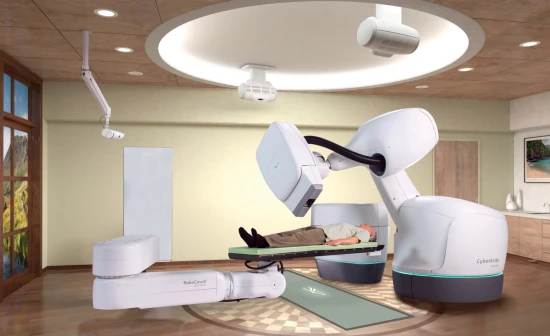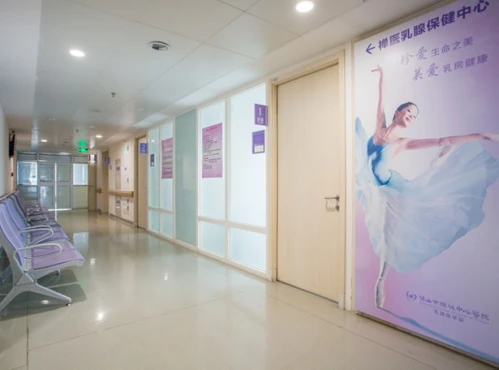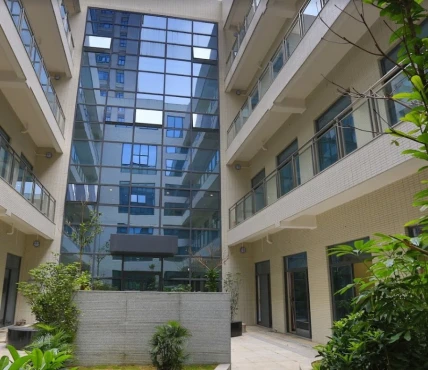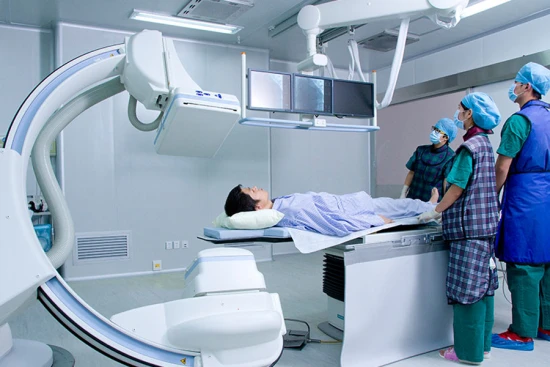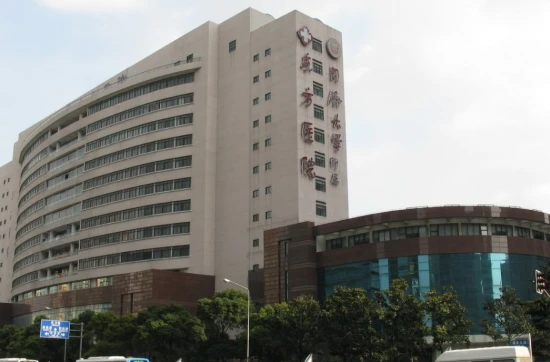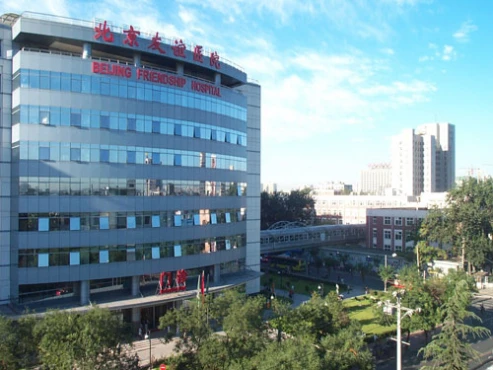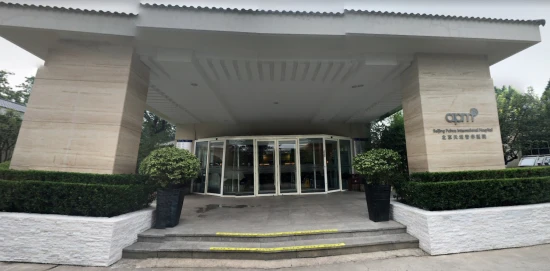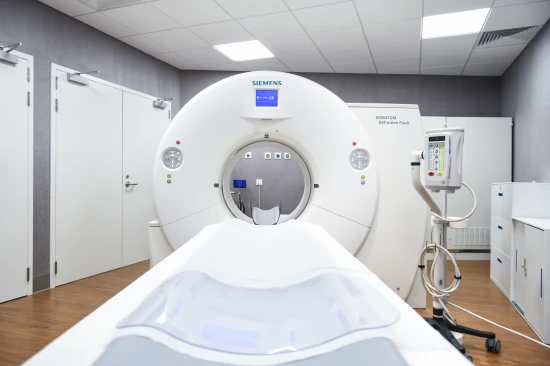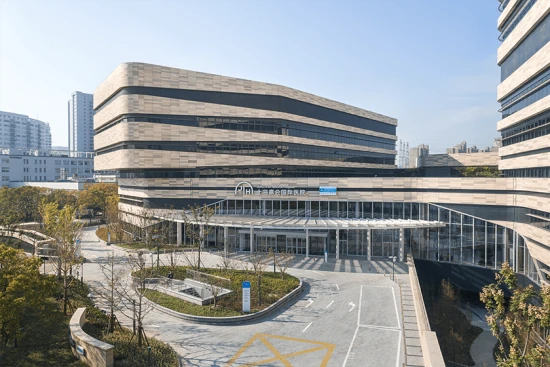Patent ductus arteriosus (PDA) treatment in 5 Cardiac surgery clinics in China
5 clinics specializing in Cardiac surgery providing treatment of
Patent ductus arteriosus (PDA)
Patent ductus arteriosus (PDA) is a congenital heart defect where the ductus arteriosus, a blood vessel that connects the pulmonary artery and the aorta in a fetus, fails to close after birth. It can lead to abnormal blood flow and strain on the heart.
Read more...
disease in China.




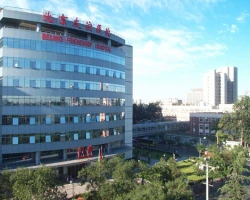
3 nearby similar clinics in China
Perhaps you should consider 3 more clinics we have found nearby basing on your Location, Disease filters applied.

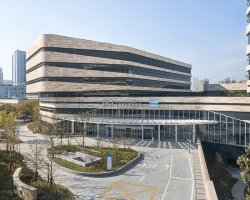

Clinics grouping by rating
Clinic with the highest rating of 4.8 — Foshan Chancheng Central Hospital in Foshan, China, clinic with the most reviews number of 29 — Beijing United Family Hospital (BJU) in Beijing, China.
With rating 4.0 and over — 4 clinics .
